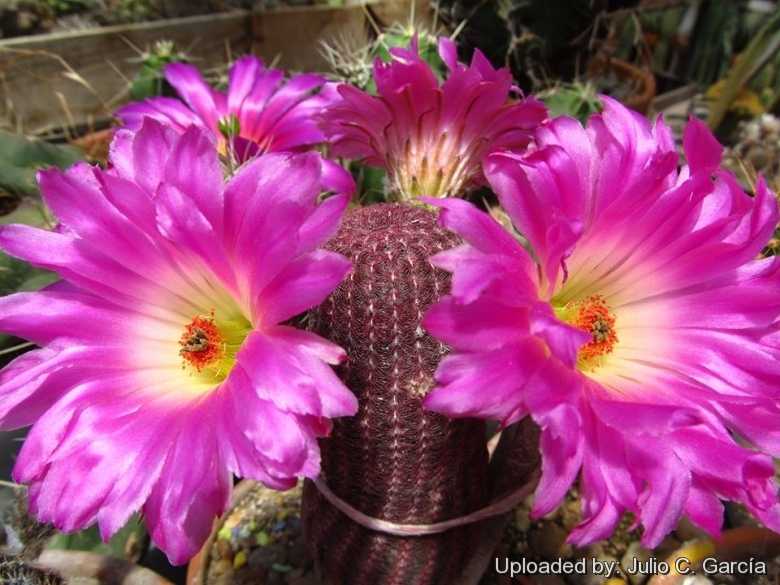
Echinocereus rigidissimus subs. rubispinus Photo by: Julio C. García
Origin and Habitat: Mexico (northern Sonora, north-western Chihuahua
Habitat: The reported habitat preference for limestone is erroneous; this species is a calcifuge, preferring soils poor in lime and usually acid.
Synonyms:
See all synonyms of Echinocereus rigidissimus
Common Names include:
ENGLISH: Ruby Rainbow, Rainbow cactus
Description: Echinocereus rigidissimusSN|8509]]SN|8509]] subs. rubispinus is one of the local form of Echinocereus rigidissimusSN|8509]]SN|8509]]. It distinguishes for the very short dusty red-purple spines (not pink and white) and dull purple-red (not green) stigma lobes. It is also up to 50% smaller in all its parts. Its blossoms are bright magenta red and are large and showy in comparison with the small size of the stem. Its unique-looking spination makes it one the the best Echinocereus species.
Habit: It is a small columnar cactus that when mature will form a clump about to 60 cm wide by 25 cm tall.
Stems: Erect, short cylindrical, only get about 7cm thick.
Radial spines: 30-35 pectinate per areole and 6-10 mm in length in red and white bands, but more ruby/violet coluoured compared to the 'rigidissimus' subspecies, witch makes it a very attractive cactus. This is a Mexican form and does not turn grey like the Arizona form.
Flowers: Huge up to 10 cm wide. Beautiful bright pinkish-red or magenta or red with white throats. Blooms in ring on the crown of the stem in spring. The only downside is the flowers leave an unsightly scar when they drop off.
Fruits: Globose, greenish or dark purplish brownish very spiny, 3 cm in diameter, pulp white. Fruiting 3 months after flowering
Notes: Echinocereus rigidissimusSN|8509]]SN|8509]], lacking central spines, belongs to the E. reichenbachii group, unrelated to the superficially similar E. pectinatus group, which has at least microscopically visible stubs of central spines. It sometimes occurs with E. pseudopectinatus but without evidence of hybridization.
Bibliography: Major references and further lectures
1) James Cullen, Sabina G. Knees, H. Suzanne Cubey “The European Garden Flora Flowering Plants: A Manual for the Identification of Plants Cultivated in Europe, Both Out-of-Doors and Under Glass” Cambridge University Press, 11/Aug./2011
2) David Hunt, Nigel Taylor “The New Cactus Lexicon” DH Books, 2006
3) Edward F. Anderson “The Cactus Family” Timber Press, 2001
4) Nathaniel Lord Britton, Joseph Nelson Rose “Cactaceae: Descriptions and Illustrations of Plants of the Cactus Family” Volume 3, 1922
5) Paul S Martin, Davis Yetman, Mark Fishbein, Phil Jenkins, Thomas R. van Devender, & Rebecca K. Wilson "Gentry's Río Mayo Plants: The Tropical Deciduous Forest & Environs of Northwest Mexico" University of Arizona Press, 1998
6) Natt Noyes Dodge, Jeanne R. Janish "Flowers of the Southwest Deserts" Western National Parks Association, 01/gen/1985
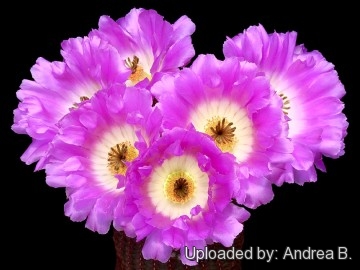 Echinocereus rigidissimus subs. rubispinus Photo by: Andrea B.
Echinocereus rigidissimus subs. rubispinus Photo by: Andrea B.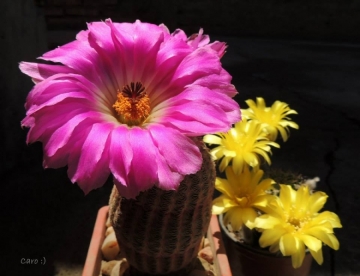 Echinocereus rigidissimus subs. rubispinus Photo by: Carolina González
Echinocereus rigidissimus subs. rubispinus Photo by: Carolina González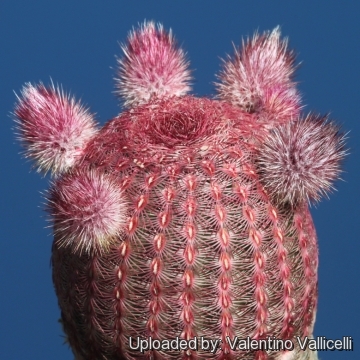 Echinocereus rigidissimus subs. rubispinus Photo by: Valentino Vallicelli
Echinocereus rigidissimus subs. rubispinus Photo by: Valentino Vallicelli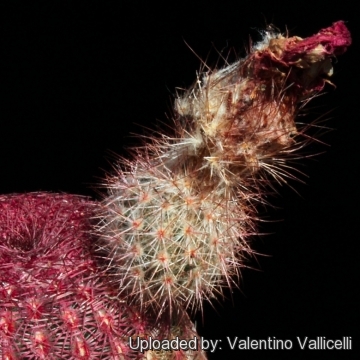 Echinocereus rigidissimus subs. rubispinus Photo by: Valentino Vallicelli
Echinocereus rigidissimus subs. rubispinus Photo by: Valentino Vallicelli Echinocereus rigidissimus subs. rubispinus Photo by: Valentino Vallicelli
Echinocereus rigidissimus subs. rubispinus Photo by: Valentino Vallicelli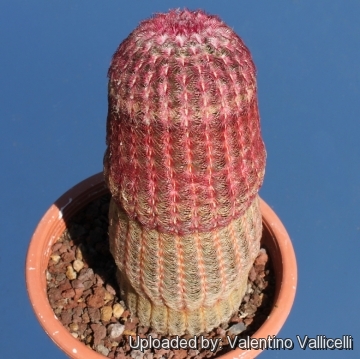 Echinocereus rigidissimus subs. rubispinus Photo by: Valentino Vallicelli
Echinocereus rigidissimus subs. rubispinus Photo by: Valentino Vallicelli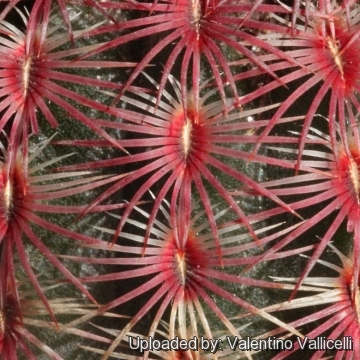 Echinocereus rigidissimus subs. rubispinus Photo by: Valentino Vallicelli
Echinocereus rigidissimus subs. rubispinus Photo by: Valentino Vallicelli Echinocereus rigidissimus subs. rubispinus Photo by: Valentino Vallicelli
Echinocereus rigidissimus subs. rubispinus Photo by: Valentino VallicelliCultivation and Propagation: Echinocereus rigidissimusSN|8509]]SN|8509]] var. rubrispinus is not the easiest cactus to grow, but when grown well it is very attractive. Rot easily it is sensitive to overwatering (rot prone), so perfect soil drainage is a must.
Soil: It prefer a neutral to slightly acidic compost with plenty of extra grit.
Watering: Best if watered with rain water and given an occasional tonic of sequestrated iron.
Exposition: In the summer they need an airy location in bright sun; well watered when it's hot. To achieve the best spine colours give these plants lots of sun. In the winter light, cool, and absolutely dry conditions.
Hardiness: Very cold resistant above approx -12° C or less for short periods of time. In mild climate it may grow well when planted freely outside in well-drained soil.
Propagation: Seeds.
Your Photos

by Valentino Vallicelli
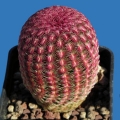
by Valentino Vallicelli
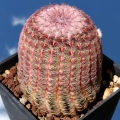
by Valentino Vallicelli
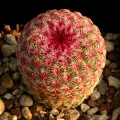
by Valentino Vallicelli

by Valentino Vallicelli























